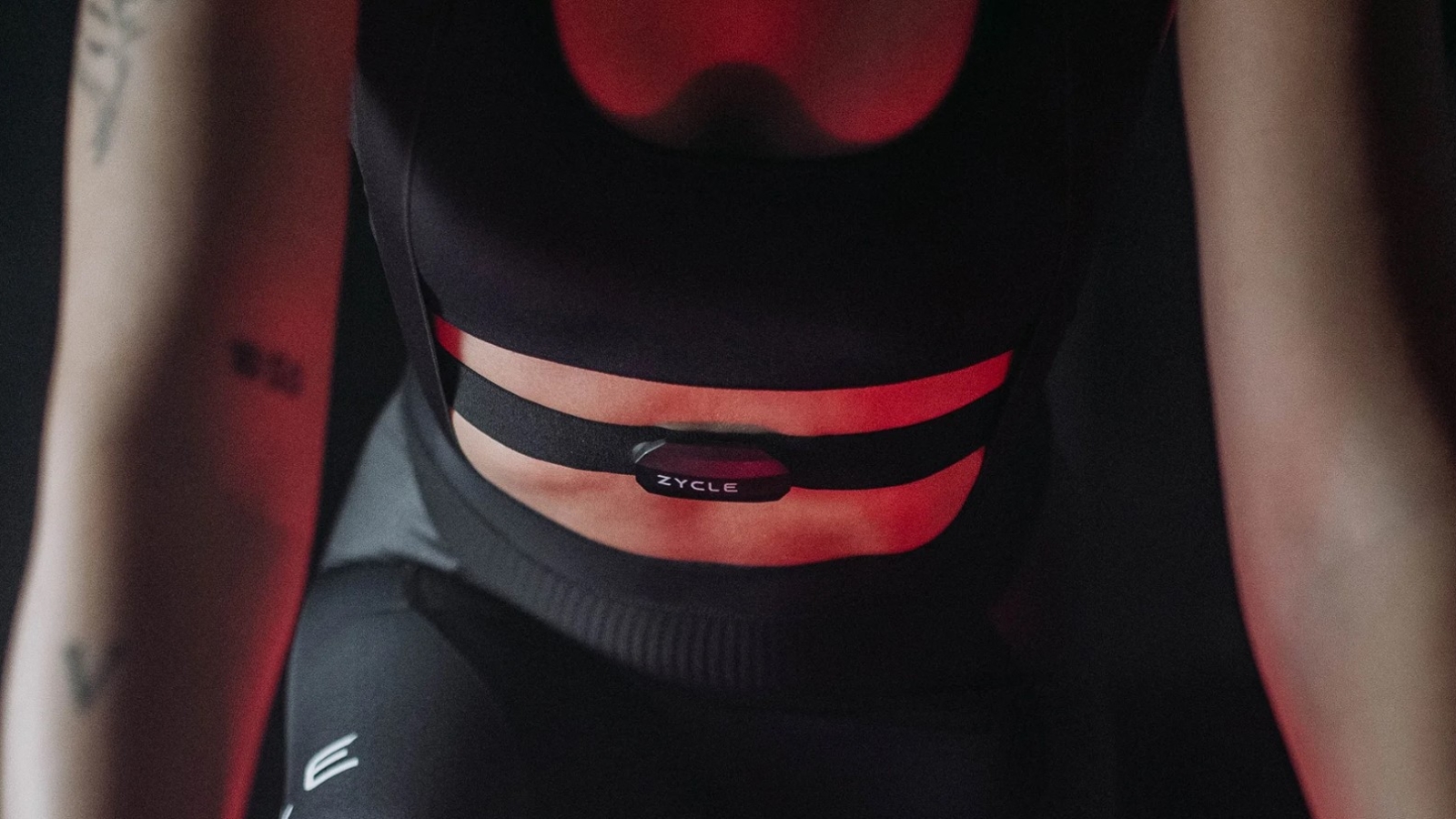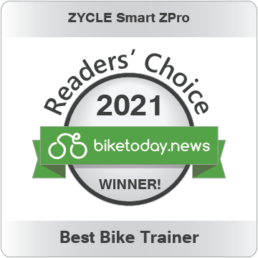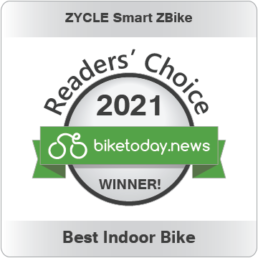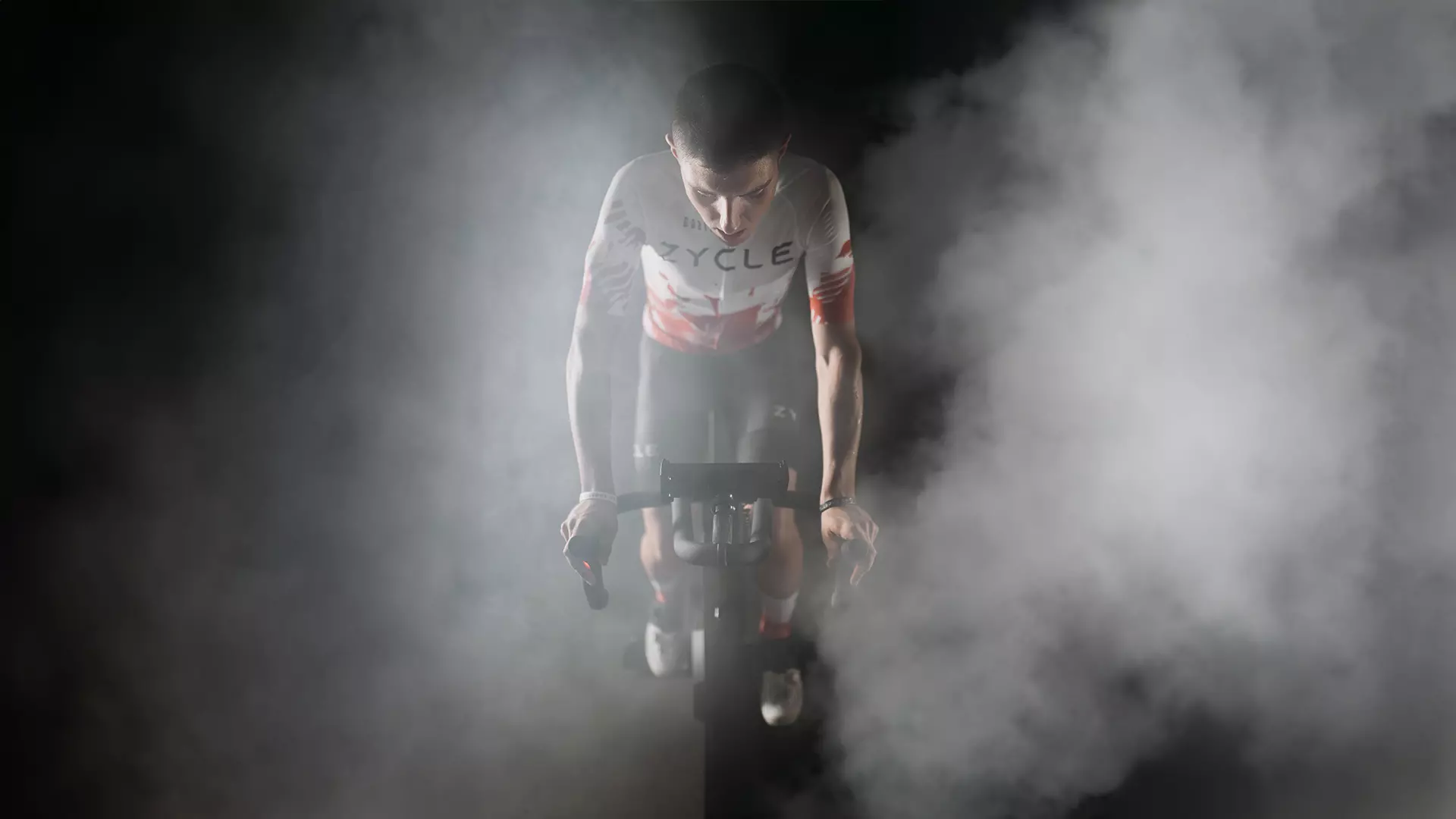Paying attention to our heart rate is essential when cycling and any other sporting activity or exercise in general. It is essential to understand what our limits are and when our heart is racing to prevent problems, but also to know when our body is active and consuming energy at a faster rate. For all these reasons, in this article we focus on explaining how to perform a training by heart rate in cycling – and regardless of whether you plan to use your bike on the asphalt, as if you opt for a training at home with an indoor bike or a smart roller-. Let’s see it!
How many heart rates to train at
Before we get into how to train by heart rate in cycling, you need to know the approximate maximum frequency at which you can work. And for this, there is a simple method based on subtracting your age from 220. However, this does not mean that you should work at the maximum frequency. It depends on the cycling heart rate training you are going to do (more moderate or less), on your physical condition and endurance capacity, and on other aspects or limitations that should be checked by an expert to ensure your safety during the sessions. In any case, and in general, you should consider the following:
- Moderate intensity pulse training: The most advisable is that the heart rate oscillates between 50% and 70% of your maximum capacity.
- High intensity pulse training: In this case it is recommended to work with an intensity of 70% to 80% of your maximum heart rate.
How to use a heart rate monitor for training?
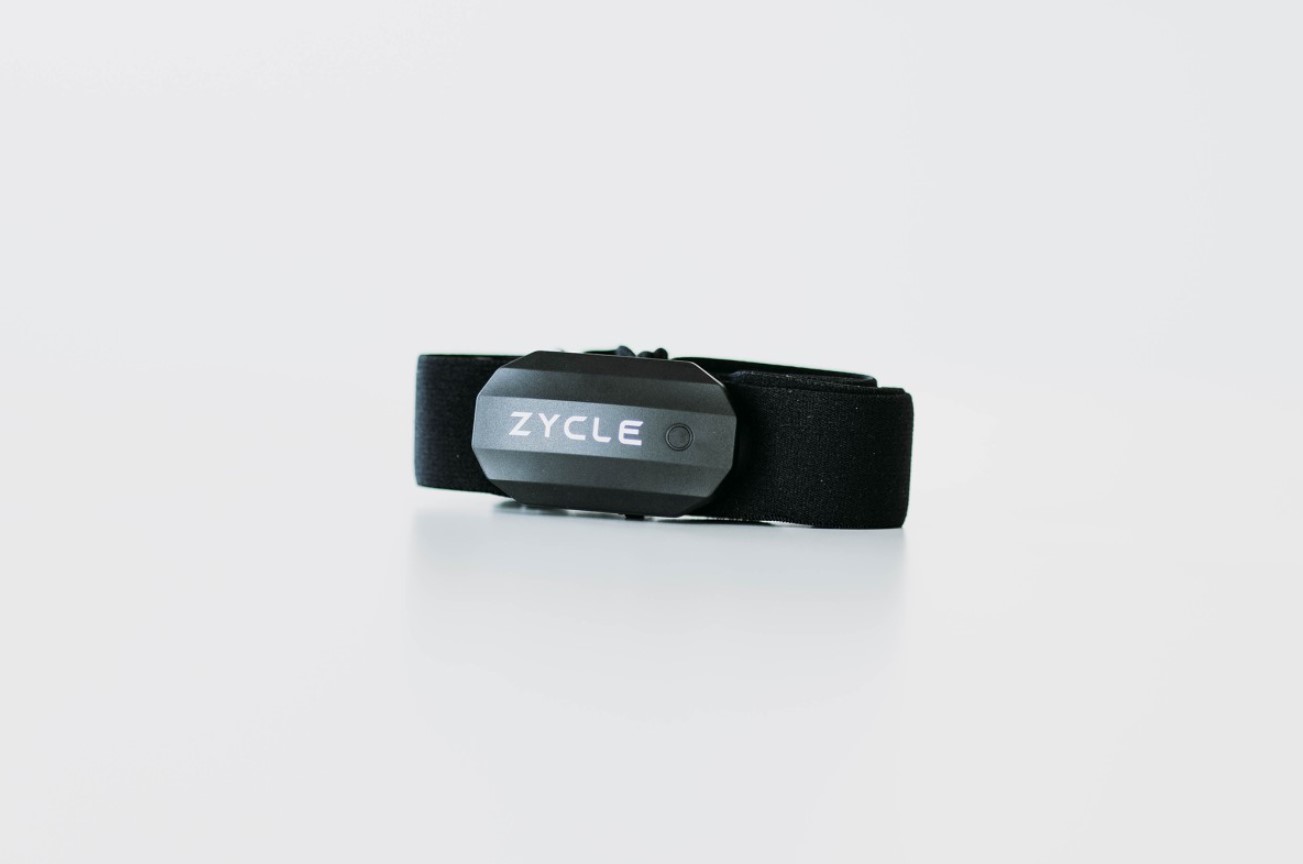
A heart rate monitor is a digital device used to measure your heart rate in real time during physical activity. As you can imagine, it is an indispensable device if you are wondering how to train by heart rate. However, there are many types of heart rate monitors, such as watch heart rate monitors and chest heart rate monitors, which are very reliable due to their proximity to the heart. Training with a heart rate monitor will allow you to know the information in real time, but also to control the intensity of your training -knowing at all times if you are exceeding the maximum recommended heart rate or not. In addition, it has a lot of advantages, some of the most outstanding in cycling training with heart rate monitor are the following:
- It helps you stay focused because you don’t have to count your heart rate directly.
- It is comfortable and easy to use, especially if you opt for a chest heart rate monitor that offers great freedom of movement.
- It will make it easier for you to reach your goals and to know if you are progressing throughout the different sessions.
- You will be able to know how your body is performing with accurate and reliable information in real time.
Tips for making a heart rate cycling training plan
Now that you know how to train with a heart rate monitor and we’ve told you how to know what your maximum heart rate is, let’s get right into how to make a heart rate cycling training plan. To do this, we recommend that you consider the following.
Analysis and interpretation of data when training with a heart rate monitor
As important as it is to know the heart rate during the session, it is also important to analyze and interpret the data afterwards or at the time, since this will help us to know if we are doing the training correctly and if we are meeting our goals. You should pay special attention to the following:
- FTP: The FTP (Functional Threshold Power) test is a performance test that assesses the watts a cyclist is able to generate at his threshold. By analyzing the heart rate we will know if the FTP estimate is over or underestimated.
- Inadequate volume increase: In these cases what usually happens is that the heart rate is too high at the end of the workouts, so you should reduce the intensity.
- Same power, but higher frequency: Sometimes this is a sign of infection or inadequate recovery. Check it out!
- Lower frequency and difficulty maintaining watts: This usually translates into a lack of energy or glucose deficit.
Consider the delay or decoupling of heart rate during training
Another thing to keep in mind when doing heart rate training in cycling is that your heart rate can be affected by a multitude of factors, both internal and external. Keep in mind that heart rate lags slightly behind power, which is immediate. What does this mean? When designing a quality workout it should be clear to you that the shorter (and more intense) stimuli you add – such as a full-power sprint – the harder it will be to get the data to analyze your performance based on heart rate. Also, at the beginning of the workout (until your body is activated), it is necessary for some time to elapse as you will subsequently secrete adrenaline (which will cause your heart rate to skyrocket), so measurements at this precise moment are of little use. In general, pay attention to the following:
- Cardiovascular adaptation time.
- Ventilation and hydration during roller training (poor ventilation can speed up your heart rate, for example).
- Hormonal issues and adrenaline secretion.
Active recovery sessions
After a competition or an intensive outing lasting several hours, you should pay attention to the subsequent active recovery sessions. Keep in mind that if you have carried out a considerable effort the day before the cardiac response will be much slower to any new effort, hence the importance of recovery. You should be much more careful if you base your training on heart rate. It is preferable that you opt for a pulse range at a lower aerobic threshold in these cases.

 El carrito está vacío
El carrito está vacío 